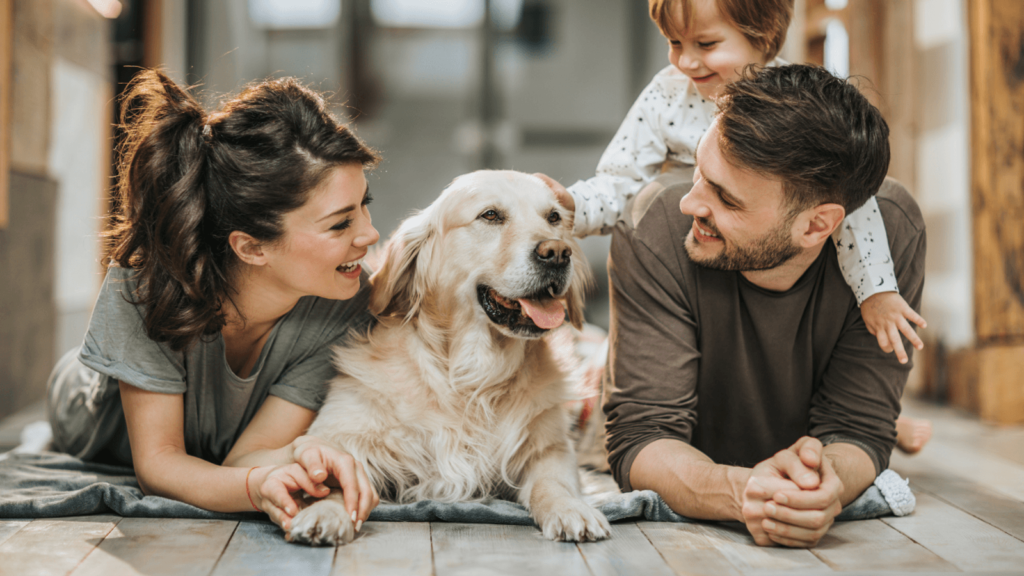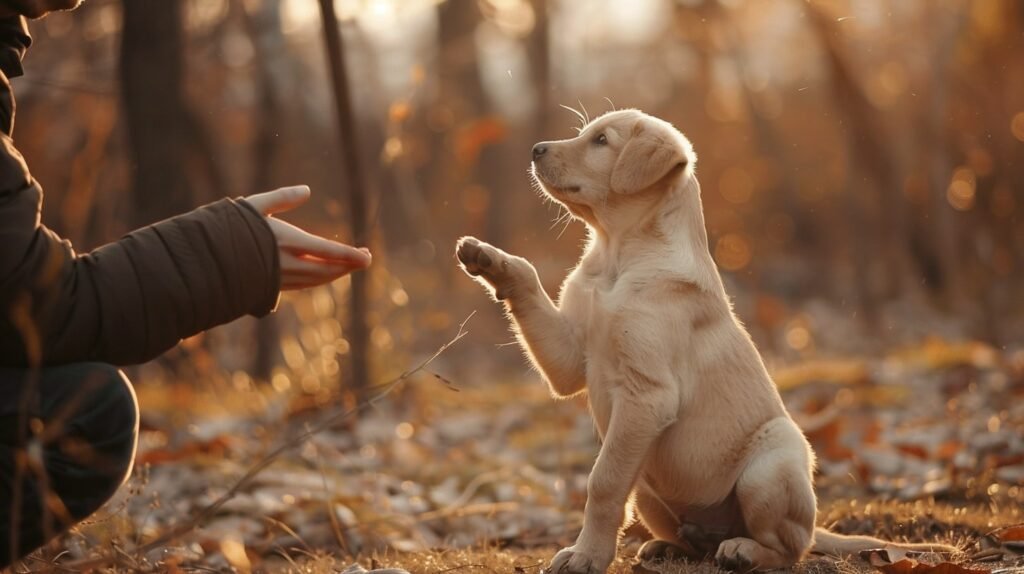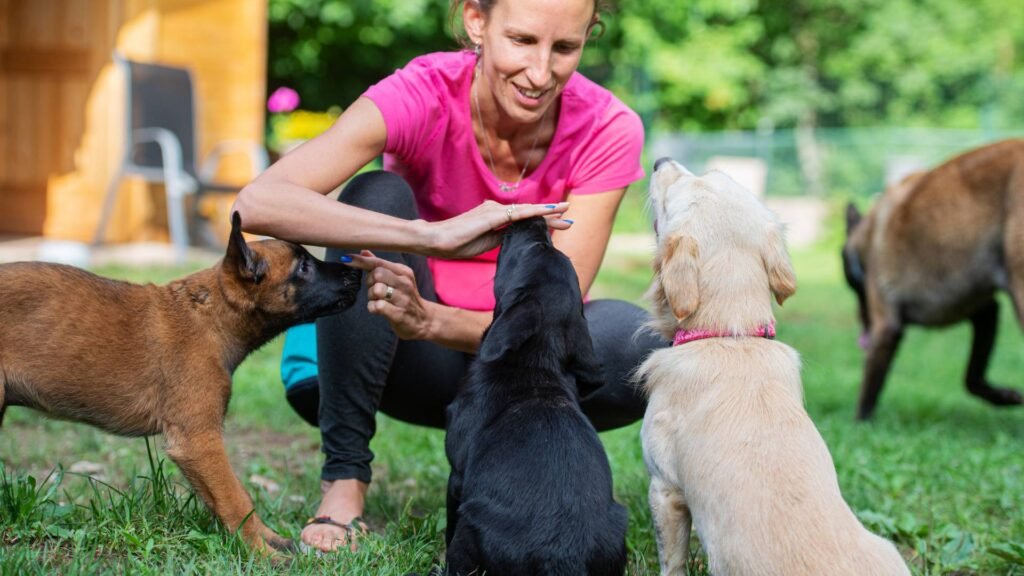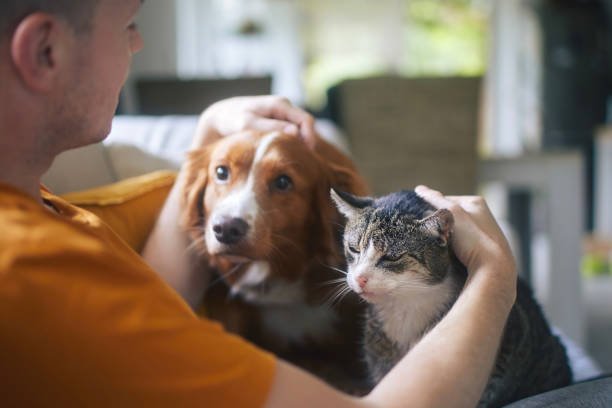Master Pet Training by Steering Clear of These Common Pitfalls

Introduction
Training your pet is one of the most rewarding experiences, but it can also be a source of frustration if things don’t go as planned. Whether you have a playful puppy, a curious kitten, or a spirited rabbit, effective training requires patience, consistency, and understanding. Unfortunately, many pet owners fall into common training mistakes that can slow progress or even harm their bond.
At PetFriends, we want to help you avoid those pitfalls. This detailed guide covers the top 5 pet training mistakes to avoid, providing insights and practical tips so your training journey is smooth, positive, and successful.
SEO Keywords Included: pet training mistakes, common training errors, puppy training mistakes, cat training tips, pet obedience training, avoid pet training failures, dog training errors
📌 Table of Contents
- Mistake #1: Inconsistency in Training
- Mistake #2: Using Punishment Instead of Positive Reinforcement
- Mistake #3: Expecting Too Much Too Soon
- Mistake #4: Ignoring Your Pet’s Body Language
- Mistake #5: Lack of Socialization
- Bonus Tips for Effective Training
- How to Recover from Training Mistakes
- Recommended Training Tools and Resources
- Final Thoughts: Building a Lifelong Bond Through Training
1. Mistake #1: Inconsistency in Training
Consistency is the backbone of successful pet training. Without it, your pet becomes confused about what’s expected.
Why It Happens
Many owners train their pet only occasionally, or different family members use different commands or rules.
Effects
- Pet struggles to understand commands
- Behaviors are reinforced only sometimes
- Training progress stalls or regresses
How to Fix It
- Use the same commands consistently (e.g., “sit” not “sit down”)
- Everyone in the household should agree on rules and commands
- Practice training daily, even if only for 5-10 minutes
- Use consistent rewards and consequences

2. Mistake #2: Using Punishment Instead of Positive Reinforcement
Punishment, like yelling or physical corrections, may stop unwanted behaviors temporarily but damages trust and can cause fear or aggression.
Why It Happens
Owners get frustrated and resort to punishment to “fix” bad behavior quickly.
Effects
- Pet may become fearful or anxious
- Training relationship suffers
- Can lead to aggressive or withdrawn behaviors
How to Fix It
- Use positive reinforcement: reward good behavior with treats, praise, toys
- Redirect unwanted behavior rather than punishing
- Be patient and understand training is a gradual process
- Learn about reward-based training techniques like clicker training
3. Mistake #3: Expecting Too Much Too Soon
Training takes time, and expecting rapid results leads to disappointment and sometimes abandoning training altogether.
Why It Happens
Impatience or misunderstanding of pet behavior and learning speed.
Effects
- Owner frustration
- Inconsistent training efforts
- Stress for both pet and owner
How to Fix It
- Set realistic, achievable goals
- Celebrate small victories
- Understand your pet’s age, breed, and personality affect learning speed
- Break training into short, focused sessions

4. Mistake #4: Ignoring Your Pet’s Body Language
Pets communicate their feelings and comfort through body language. Ignoring signs of stress or fear can worsen behavior issues.
Common Signs to Watch For
- Tail tucked or wagging stiffly
- Ears pinned back
- Avoidance or freezing
- Growling or hissing
Why It Matters
Training during stress or fear is ineffective and damaging.
How to Fix It
- Learn basic body language cues for your pet’s species
- Adjust training pace based on your pet’s comfort
- Create a calm, distraction-free environment
- Use breaks and calming activities when needed
5. Mistake #5: Lack of Socialization
Socialization—exposure to other animals, people, and environments—is crucial, especially for puppies and kittens.
Why It Happens
Owners keep pets isolated, fearing bad encounters or illness.
Effects
- Fearful or aggressive behavior around new stimuli
- Difficulty adapting to new situations
- Poor behavior in social settings
How to Fix It
- Start socialization early and gradually
- Introduce new experiences positively and at your pet’s pace
- Use playdates, puppy/kittens classes, and controlled outings
- Reward calm behavior during social interactions

6. Bonus Tips for Effective Training
- Use high-value treats to motivate your pet
- End sessions on a positive note
- Keep training sessions short (5-15 minutes) but frequent
- Always stay calm and patient
- Document progress and adjust techniques as needed
7. How to Recover from Training Mistakes
Making mistakes is normal. What matters is how you correct course:
- Identify the mistake clearly
- Reset expectations for yourself and your pet
- Increase consistency and positive reinforcement
- Seek professional help if needed (trainers, vets, behaviorists)
- Remember every pet learns at their own pace

8. Recommended Training Tools and Resources
- Clickers for marker training
- Treat pouches for easy access
- Online courses and tutorials (e.g., Karen Pryor Academy)
- Books like “The Power of Positive Dog Training”
- Apps for tracking training progress
9. Final Thoughts: Building a Lifelong Bond Through Training
Pet training is more than teaching commands; it’s about building trust, communication, and a lifelong bond. Avoid these common mistakes, stay consistent, and celebrate progress. Your pet will thank you with a happy, well-behaved life by your side.


